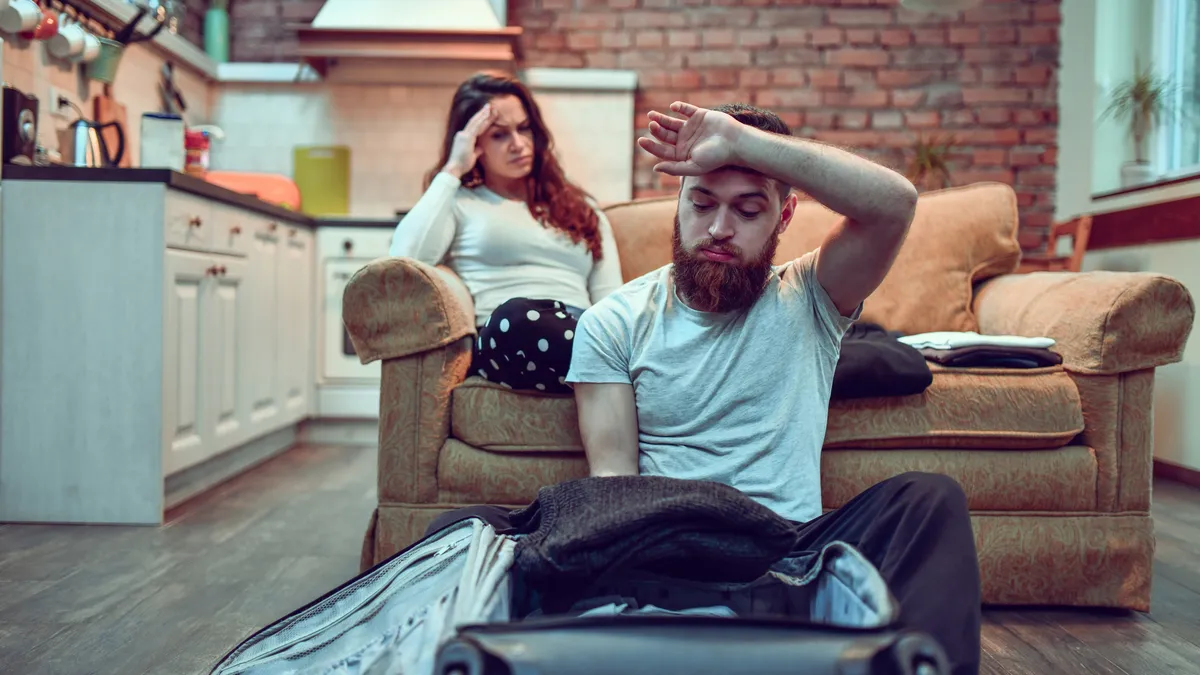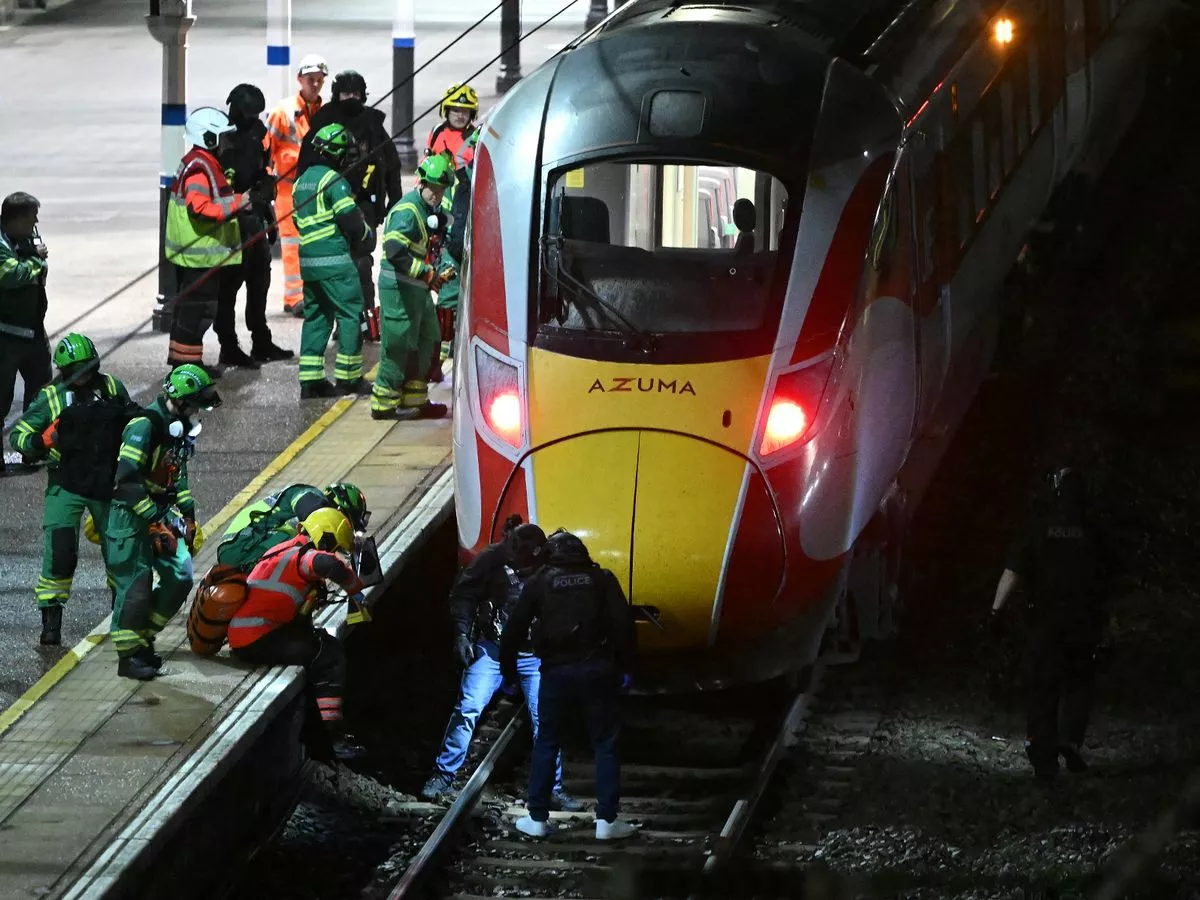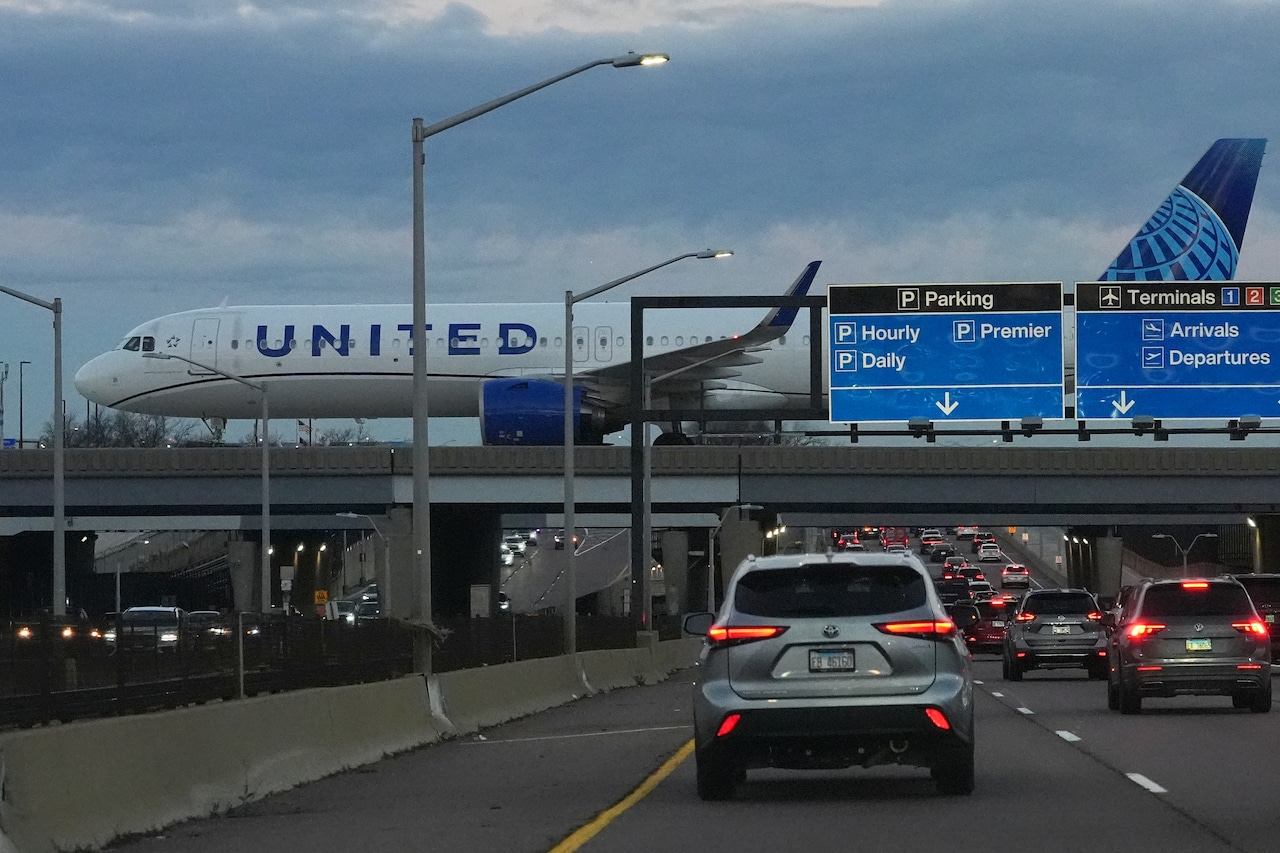Copyright CNET

Voyeur cams in a vacation rental are unfortunately real: From California to Texas to Maryland, they're a widespread issue across America. People on vacation retreats keep discovering that the owner has been recording them and other couples with hidden cameras. And international travel is no escape -- Airbnb spying has happened in destinations from Ireland to Malaysia. Remember, you can always report cameras to Airbnb, which will take fast action. But the trick is knowing if they're there. Technology is a major help, and it only takes a few minutes from when you first open the door. CNET has tested the best ways to spot hidden cams: Here's what we've found that works. Don't miss any of our unbiased tech content and lab-based reviews. Add CNET as a preferred Google source on Chrome. 1. Check out the local Wi-Fi network Most Airbnbs offer some kind of guest Wi-Fi. Log into it and hop into your settings to view the Wi-Fi network and see if you can find all the connected devices. Use the provided login and on-board router passwords or app to look for a section about connected or attached devices. Or if these options aren't available, you can try out a third-party app like the Wireless Network Watcher. (Note for the techies, the arp -a command line won't work here, because it displays only your own computer's cache of connected device info, and the Airbnb owner probably didn't leave their laptop behind.) Now look for any unexpected online devices that don't match up with any of the technology in the house. You may think that voyeurs would avoid connecting their hidden cams to local Wi-Fi networks, but that's giving them too much credit. Watch for surprise online devices and see if you can track them down or tell what they are. 2. Bring up your Bluetooth If cameras aren't connected to Wi-Fi, you can still pick them up with your Bluetooth. Just set your Bluetooth to its pairing mode and see what devices it can pick up. Disregard TVs and smart home technology and focus on mystery devices that you can't otherwise identify. If these devices have strange names, look them up to see if they're a camera product number or similar identifier. Give your Bluetooth a couple of minutes to pick up all available devices and walk from room to room with your phone to see if any surprises pop up. 3. Do a pass with a flashlight Even the sneakiest cam still needs a lens to watch from, and where there's a lens there can be a reflection (as well as LED indicator lights). So one of the most effective ways to look for hidden cams is to shut down all the lights in a room, switch on the flashlight mode on your phone and do a careful sweep. Watch for any unexpected glints or flickers of light in strange places that could be a tiny camera lens. It sounds a little weird, but this old-fashioned method of spotting cams is still one of the most effective. To save a whole lot of time and patience on this step, focus on rooms where spy cams are more likely to be, basically any room where you'd take your clothes off. Look for spots and angles that offer a high, wide field of view -- there's a reason that smoke detectors are such a popular hiding spot. Other popular spots include plants, books and lamps. 4. Scan for infrared eyes Many cams use infrared/IR connections for simple controls, especially if they aren't on a Bluetooth or Wi-Fi connection. That's the same kind of connection that old-fashioned TV remotes use. Human eyes can't see infrared light, but the front-facing camera on many smartphones doesn't have an infrared filter, or at least not a perfect one. That means you can use your phone cam in a dark room to scan the area, then review the footage to see if you can spot any unexpected dots of whitish light that could mean a device is hiding somewhere. 5. Use a camera-spotting app A slew of apps can help you with the above steps. They're far from perfect, but they may be able to save you a bit of time if you're serious about scanning your Airbnb. There are apps that attempt to sense unexpected magnetic fields, catch reflections when scanning a room and some that even combine multiple options. These apps are typically free or cheap, but we suggest not relying on them entirely when your own naked eye can do so well. 6. Inspect the vents People have found hidden cameras in all kinds of places, but we suggest getting up close and personal to any wall vents. Vents can often hide the signs of an infrared light or reflection unless you're at just the right angle. So along with smoke detectors, put these up-high vents on the top of your list if you're worried. 7. Bring out an infrared scanner If you're feeling especially anxious about hidden cams and don't mind investing some dollars, an infrared or heat scanner is one of your best options. These scanners work by detecting heat signatures at close range, and the more affordable, consumer-friendly versions cost around $150 to $200. These sensors can detect the small heat signatures produced by hidden cameras. You can use them close to walls, mirrors, shelves and anywhere else you want a close scan to watch for unexpected electronics. It's more time-consuming than our other methods, but nothing else offers such a complete look. Bonus tip: Be careful plugging in your devices Finally, be wary of any included chargers, ports or charging stations in your Airbnb. They're usually harmless and included for convenience, but sometimes they can house malware that could seep into your phone or laptop. The last thing you want is a virus that can take control of your own camera or hold files hostage. When using an Airbnb, stick with your own travel chargers whenever possible and plug directly into power outlets when they are available. OK, what about security cameras outside the Airbnb? Currently, Airbnb is banning only cameras indoors on participating properties. So having an outdoor security camera or a video doorbell is still entirely legal and a common choice for Airbnb owners worried about illegal house parties or uninvited strangers. There's not really anything you can do about the presence of these outside cameras. You can complain that they make you feel uncomfortable, but they probably aren't going anywhere. However, be wary if any outdoor cams are pointed toward windows so they can see indoors, which is a legal issue just like an indoor spy cam.



